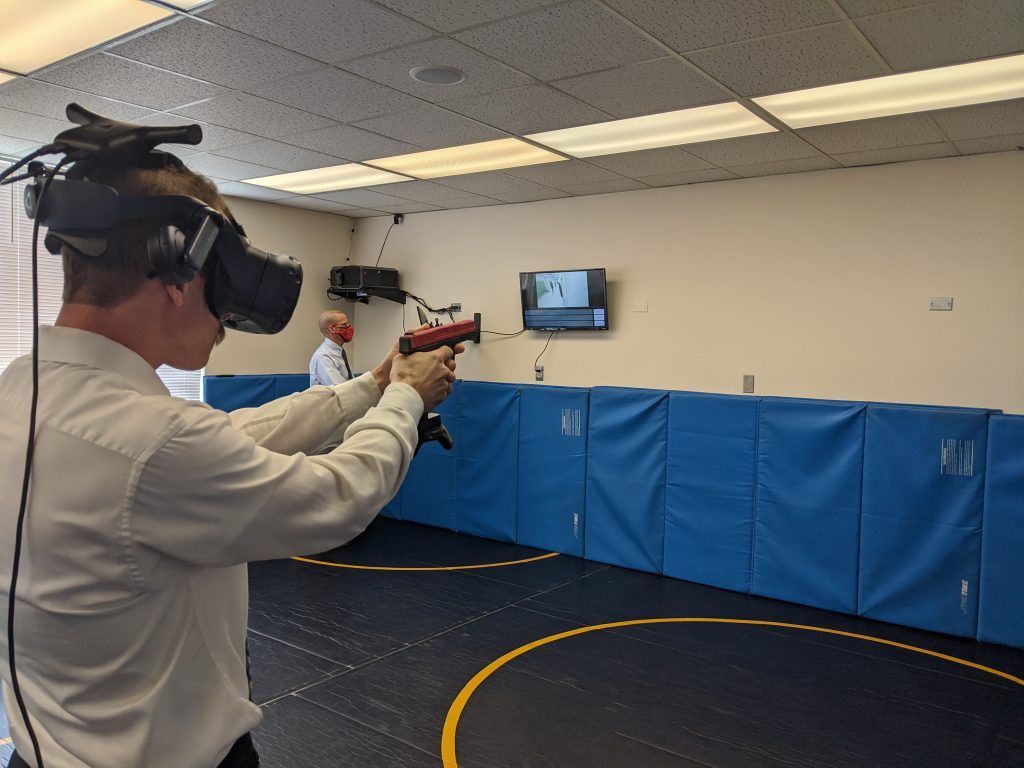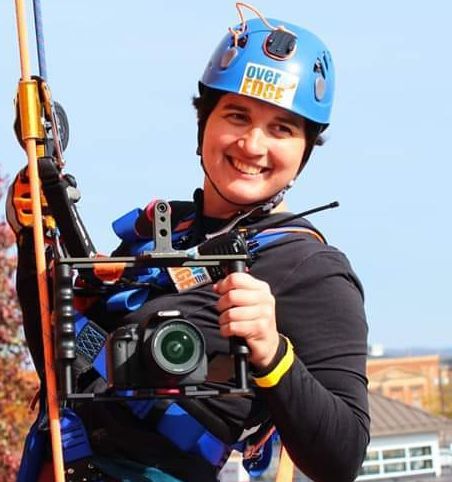
Calls to defund the police have filled news headlines and social media feeds for months, but Lycoming County’s top prosecutor is pushing for the opposite – fund the police so they can have more access to use-of-force training and learning de-escalation tactics.
“In no way shape or form should law enforcement be defunded. If anything, additional funding should be directed to law enforcement for educational purposes,” said Lycoming County District Attorney Ryan Gardner.
Police tactics and society’s perspectives have evolved over time, Gardner said, and in many cases law enforcement needs time and funding to adapt years of training to new cultural expectations.
While Gardner said he has found officers in Lycoming County to have a strong moral compass, more education is always beneficial.
“I think it’s incumbent on law enforcement to be proactive,” he said. “I’ve always found the moral compass … to be without question. Obviously there are always outliers.”
Training events
In a direct response to the national outcry against accusations of police brutality and systemic racism with the criminal justice system, Gardner has sponsored four training events for area police departments.
The events are a combination of classroom-style training and a virtual reality training hosted by the Mansfield University Police Department.

The virtual reality training places officers in realistic scenarios, requiring them to make spur-of-the-moment decisions with little warning.
Constructed from real scenarios, participants stand in a padded room wearing a headset that completely blocks their field of view, immersing them in the virtual reality. They can walk around the room and interact with characters inside the scenario.
Small municipalities in rural regions often do not have the funds for this type of ongoing education, Gardner said. The training seminars he is offering are all grant funded through his office.
The virtual reality training costs the Mansfield University Police Department $4,000 to set up and an annual software fee of $12,000 for update, according to Police Chief Scott Henry. He offers it to area police departments for free, but added that some small departments find it hard to even spare an officer to participate.
What does defund mean?
Calls to defund the police stem from the idea that redirecting funds meant for police departments to school education programs, counseling or social services and other community-led organizations will help to decrease crime.
While some defunding efforts simply call for a reduction in funds, others advocate for a complete abolishment of the policing institution, saying reform won’t happen.
In Williamsport, officers are held to a high standard, according to Police Chief Damon Hagan.
Hagan said he understands that members of the public may assume race is a factor in police arrests and stops, however, he added that when moments of outburst occur, it is the officer’s job to show restraint.
“We are the community’s police department,” Hagan said. “We hold our officers to a high standard.”
In Lycoming County, law enforcement officers have not been without controversy. Most recently, a petition to fire two Williamsport police officers has gained over 1,700 signatures.
The petition, started in June by an anonymous individual only identified as “Upset Citizen,” claims Officers Joshua Bell and Clinton Gardner have used excessive force and harassed citizens without probable cause.
At the time, Mayor Derek Slaughter said he could not investigate the complaint until the petitioner identified him or herself.
In January, 2020, Elijah Gamon, 29, of Williamsport, filed a lawsuit against Bell and Gardner – claiming he was “assaulted and severely injured” when the pair arrested him for alleged possession with intent to deliver narcotics in 2017.
The case was dismissed by Judge Martin Carlson in July for not providing enough detail and factual evidence to build a claim.
Use of force – What does it mean?
Decisions made by police officers regularly are scrutinized after an incident, but use of force laws often ask the question, “Was this objectively reasonable at the time, given the information available?”
Michael Guido, owner of MG Tactical Advantage, has been a police officer since 1979 and now trains law enforcement. During one of the district attorney’s sponsored training sessions, Guido walked through various use-of-force scenarios with over 100 area officers.
He stressed the need for officers to be able to clearly articulate the reason for their decision, given the information available.
Many police tactics may fall within legal limits but he asked officers to consider that, while it may be reasonable, “was it really necessary?”
A historic example of this comes from the 1989 Supreme Court case Graham v. Connor, which held that an officer’s actions must be considered “objectively reasonable” based on the evidence in front of him or her at the time and weighed against the following factors:
- The severity of the crime at issue
- Whether the suspect poses an immediate threat to the safety of the officers or others
- Whether he/she is actively resisting arrest or attempting to evade arrest.
In the case, Graham v. Connor, Graham, a diabetic, entered a convenience store to purchase orange juice to counteract the onset of an insulin reaction. Upon seeing the long line of customers, he left quickly to go to a friend’s house instead.
Police officer Conner, seeing the hasty exit from the store, followed Graham and performed a traffic stop. According to the case, Conner and other officers who arrived failed to listen to an explanation of Graham’s medical situation. Before eventually being released, Graham suffered multiple injuries.
From the judge’s decision on the case, in May of 1989, it was required that officers be able to articulate the reason for excessive use of force and that it fall within the Fourth Amendment’s ‘objective reasonableness’ standard.
Additional use of force laws are laid out in the 1985 Supreme Court case of Tennessee v. Garner. The case outlines how a Memphis police officer responded to a home where a suspected burglary was taking place.
Upon arriving at the home, a young man fled the home and despite being told by the officer to halt, jumped over a fence. The officer then shot and killed him. The individual, who looked to be 17 or 18 years old, ended up being a 15 year old. He was unarmed and it was determined that the officer knew he was unarmed before firing.
While at first being ruled constitutional, the case was eventually reversed through the Court of Appeals and it was determined that the Memphis officer did not have enough evidence to reasonably believe that the individual posed a threat to him or the rest of the community.
From this case, officers today who shoot a fleeing suspect must be able to show that the individual posed a danger to other officers or members of the community.
‘Lawful can look awful’
While Guido stresses the need to evaluate use of force tactics by officers, he also encouraged members of the public to consider that while a cellphone video showing forceful actions by the police may look violent, their actions could still be necessary.
He added that, sometimes, “lawful can look awful, as does any violent human interaction.”
He encouraged police departments to spend time building a connection with their community, helping them build trust and creating positive interactions whenever possible.




